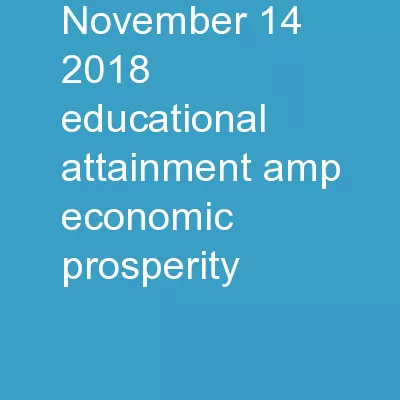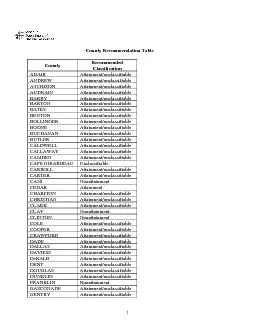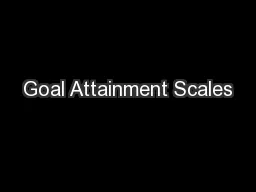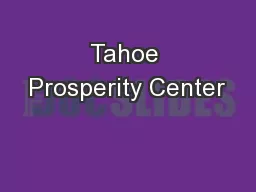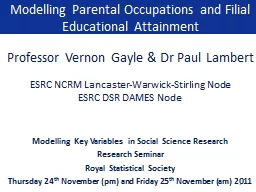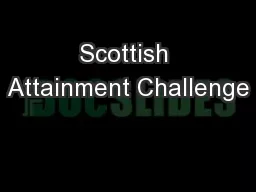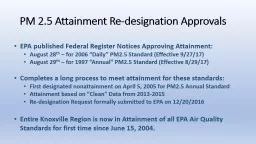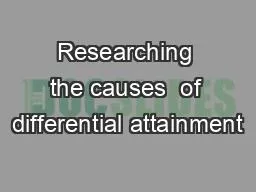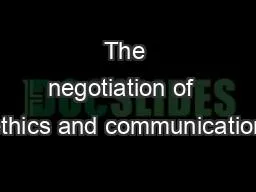PPT-November 14, 2018 Educational Attainment & Economic Prosperity
Author : celsa-spraggs | Published Date : 2018-11-20
Educational Attainment and Economic Prosperity Agenda State Goals amp Trends Demographic Trends Understanding the Need and Impact of Attainment Reaching the Goal
Presentation Embed Code
Download Presentation
Download Presentation The PPT/PDF document "November 14, 2018 Educational Attainmen..." is the property of its rightful owner. Permission is granted to download and print the materials on this website for personal, non-commercial use only, and to display it on your personal computer provided you do not modify the materials and that you retain all copyright notices contained in the materials. By downloading content from our website, you accept the terms of this agreement.
November 14, 2018 Educational Attainment & Economic Prosperity: Transcript
Download Rules Of Document
"November 14, 2018 Educational Attainment & Economic Prosperity"The content belongs to its owner. You may download and print it for personal use, without modification, and keep all copyright notices. By downloading, you agree to these terms.
Related Documents

